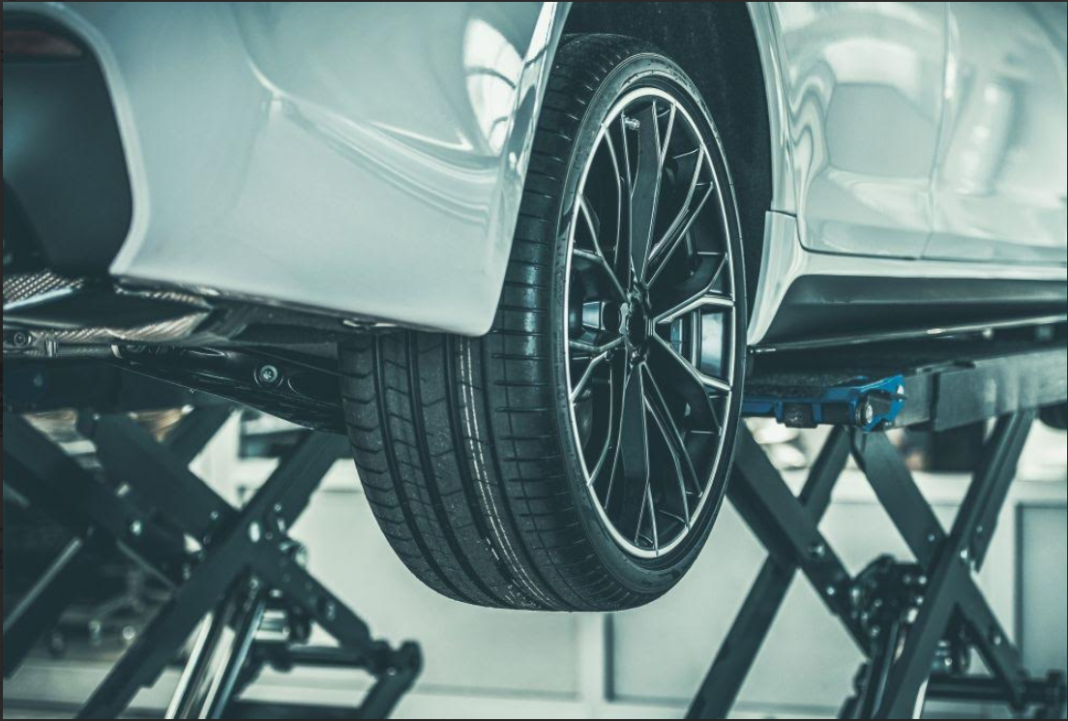Cars are incredible machines, but like all machines, they need attention and care. From unexpected breakdowns to minor annoyances, car repairs are part of life on the road. Understanding the most common issues can save you both time and money, and help keep your vehicle running smoothly. Below, we explore the top car repairs drivers face, what causes them, and how you can handle them confidently.
Tire Problems
One of the most common car issues involves tires. From punctures to worn-out tread, tire problems can appear without warning. Driving on damaged tires is risky and can lead to accidents if not addressed quickly. Flat tires are a frequent culprit, often caused by nails, sharp debris, or sudden impact with potholes. While you may be able to swap a spare yourself, many drivers rely on professionals for flat tire repair.
Local shops, like St. Lucie Battery and Tire, can quickly diagnose and fix the problem to get you back on the road safely. Beyond punctures, uneven wear can indicate alignment or suspension problems that need attention. Regular tire rotation and proper inflation help extend tire life and improve vehicle handling. Inspecting your tires monthly can prevent small issues from becoming dangerous problems.
Brake Issues
Brakes are essential for safety, yet they’re often overlooked until something goes wrong. Common signs include squeaking, grinding, or a soft brake pedal. These symptoms usually mean brake pads need replacement, or there could be issues with the brake fluid. Ignoring brake problems can lead to costly repairs and compromise your safety.
Regular inspections, ideally every six months, help catch wear early. Some drivers experience vibrations when braking, which can indicate warped rotors. Keeping your braking system in top shape not only protects you but also extends the life of your tires and suspension.
Battery Failures
A dead battery can leave you stranded in the most inconvenient places. Batteries typically last three to five years, but extreme temperatures or electrical issues can shorten their life. Signs of a failing battery include slow engine cranks, dim lights, or the battery warning light on your dashboard. Simple maintenance like keeping terminals clean and checking fluid levels can prevent unexpected failures.
When it’s time for a replacement, choosing a high-quality battery ensures reliable performance. Jump-starting can help temporarily, but replacing the battery promptly is the safest option. Regular checkups during routine service visits help catch battery weakness before it becomes a real problem.
Engine Overheating
Engine overheating can occur due to low coolant levels, a malfunctioning radiator, or a broken thermostat. This problem can escalate quickly, causing serious engine damage if ignored. Common warning signs include a rising temperature gauge, steam from the hood, or strange smells.
Checking coolant levels regularly and ensuring the radiator is in good condition are key preventive measures. It’s also important to inspect hoses for cracks or leaks. Overheating may happen more often in hot climates or during heavy traffic conditions. At the first sign of trouble, pulling over safely and allowing the engine to cool can prevent permanent damage.
Transmission Troubles
Transmission problems are less frequent but often more expensive to repair. Symptoms include delayed shifting, slipping gears, or strange noises when the car changes speed. Lack of transmission fluid or old, degraded fluid is a common cause. Regular fluid checks and timely changes can prolong the life of your transmission.
Some vehicles require service every 30,000 to 60,000 miles, depending on the make and model. Ignoring early warning signs can lead to complete transmission failure, which is costly to fix. Being attentive to how your car shifts can save you from major headaches down the road.
Lighting Failures
Headlights, brake lights, and turn signals are crucial for safe driving. Bulbs can burn out unexpectedly, and wiring problems may cause flickering or total failure. Regularly checking all exterior lights ensures visibility and prevents traffic citations. Replacing bulbs is generally easy, but electrical issues may require a professional.
LED and halogen bulbs have different lifespans, so knowing your car’s specifications helps in choosing replacements. Keeping lights clean also improves effectiveness, especially in adverse weather conditions. Good lighting is essential not just for your safety but for that of others on the road.
Suspension and Steering Issues
The suspension and steering systems keep your ride smooth and maintain control. Common problems include worn shocks, struts, or bushings, which can result in a bumpy or unstable ride. Steering issues, like pulling to one side, may indicate alignment problems or uneven tire wear.
Regular inspections during oil changes can catch early signs of wear. Replacing worn components promptly prevents further damage to tires and steering mechanisms. Proper maintenance improves comfort, handling, and overall safety. Drivers should also listen for unusual noises or vibrations, as these often indicate underlying issues that need attention.
Conclusion
Car repairs don’t have to be stressful. Being proactive with maintenance and addressing issues as they arise keeps you safe and extends the life of your vehicle. Regular checkups, paying attention to warning signs, and working with trusted professionals ensure your car stays in top condition.
